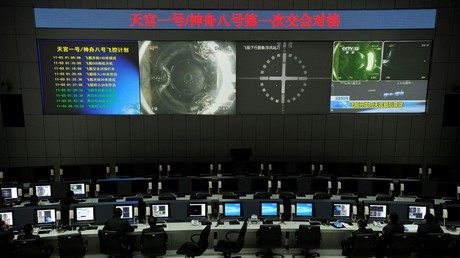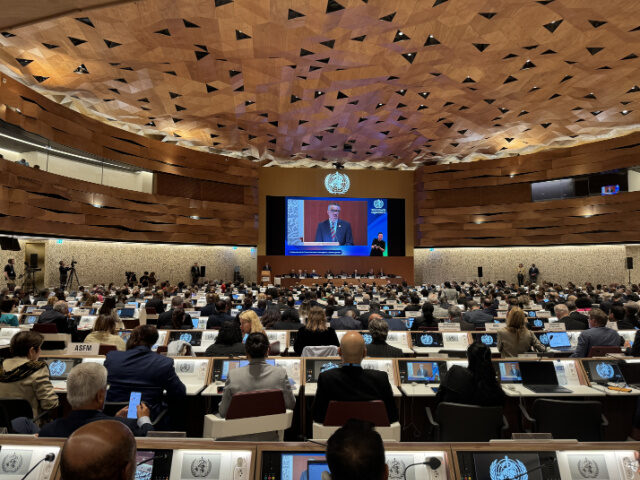Faulty Chinese space station re-enters Earth's atmosphere as space-watchers guess its crash site
Chinese space station Tiangong-1, whose imminent crash space-watchers have awaited with bated breath, has pierced the Earth's atmosphere over the South Pacific, Chinese state media says. Most of it has reportedly burned up.
The space station made its long-awaited re-entry at 8:15 am [00:15 GMT] on Monday, the Chinese news agency Xinhua reported.
Launched in 2011, the Tiangong-1, which translates to "heavenly palace," became China's first space station. Before China lost control of its first orbiter in October 2016, it hosted two crewed missions in 2012 and 2013. It is presumed that the station was free-falling due to a technical malfunction, although, the Chinese have not confirmed or denied that.
As Tiangong-1 hurtled Earthward, both the time and the site of its landing remained the matter of speculation. The European Space Agency predicted re-entry would take place somewhere in a generous stretch between 43º North and 43º South. This area includes large swathes of land and sea, mostly in the Southern Hemisphere. The whole of Australia, Africa, the entire Indianan subcontinent and most of South America fall within the area, as does a lot of the Pacific Ocean.
In an interview with Space.com on Saturday, Andrew Abraham, a senior member of the Aerospace Corporation's technical staff, predicted that "between 10 percent to 40 percent of the mass of Tiangong-1 would survive" the crash.
It has been all but been ruled out that the station's debris might harm anybody on the ground. "Chances that space debris will hurt anybody are extremely slim," Aerospace said on Monday.



